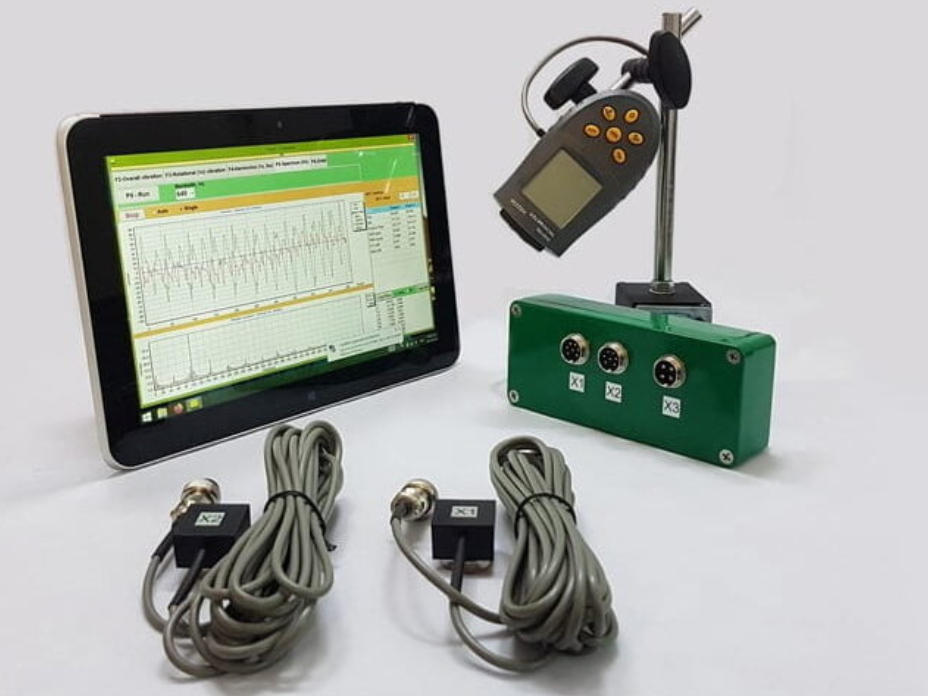Dollar hits new 9-1/2-month high as investors head for safety By Reuters


© Reuters. A woman counts U.S. dollar banknotes as Lebanese pounds are pictured in the background at a currency exchange shop in Beirut, Lebanon April 3, 2020. REUTERS/Mohamed Azakir
By Gertrude Chavez-Dreyfuss and Tommy Wilkes
NEW YORK/LONDON (Reuters) – The safe-haven U.S. dollar touched a fresh 9-1/2-month high on Friday, before stabilising, bolstered by concerns that the Delta coronavirus variant could derail global economic recovery just as central banks begin to reverse pandemic-era stimulus.
While moves in currency markets were much more contained than on Thursday as equity markets steadied, the risk-sensitive Australian and New Zealand dollars fell sharply again.
The , which measures the U.S. currency against six rivals, rose to as high as 93.734 for the first time since early November, before trading flat at 93.589. For the week it was on track to gain about 1.2%, the most in two months.
“Investors are heading to safety, which has been the primary catalyst why Treasury yields are low. When you look across the impact that these growth concerns are having, they’re really pummelling commodity currencies,” said Edward Moya, senior market analyst at FX online broker OANDA.
“The market cannot get past these Delta variant concerns. The reopening and return to normal in the U.S. have been constantly pushed back a few months and that’s not a great story for the emerging world,” he added.
Minutes of the Fed’s July meeting, released on Wednesday, showed officials largely expect to reduce their monthly bond buying later this year.
The Australian dollar sank to a new 9 1/2-month low of US$0.7107, and was little changed at US$0.7145, down 0.5%, putting it on track for its worst weekly performance since September 2020, as a COVID-19 lockdown on Sydney was extended by a month.
New Zealand’s dollar dipped to a new nine-month trough of US$0.6807 at one point. It last traded up 0.1% at US$0.6833. The government on Friday extended a snap COVID-19 lockdown that delayed the central bank raising interest rates this week.
The Canadian dollar dropped to an eight-month low of C$1.2948 per U.S. dollar and was last at C$1.2865, down 0.3% against its U.S. counterpart as oil prices fell further because of worries about the global economy.
Norway’s crown dropped for a second day as weaker oil prices and general nervousness among investors hit the currency despite the Norwegian central bank on Thursday sticking to its plan for a September interest rate hike. The euro was last up 0.1% at 10.561 crowns.
The euro was little changed at $1.1677, but still near the 9-1/2-month low of $1.1665 reached overnight. It is down nearly 1% this week, the most since mid-June.
Against the yen, another safe-haven currency, the dollar firmed 0.1% to 109.825 yen.
Sterling slipped to one-month lows versus both the dollar and the euro.
Emerging markets have also had a bruising week. A regulatory crackdown in China and the concerns over growth and COVID-19 have sent investors looking for safer assets.
The sank to a new three-week low of 6.51 per dollar in the offshore market before trading flat at 6.503.
Fusion Media or anyone involved with Fusion Media will not accept any liability for loss or damage as a result of reliance on the information including data, quotes, charts and buy/sell signals contained within this website. Please be fully informed regarding the risks and costs associated with trading the financial markets, it is one of the riskiest investment forms possible.








